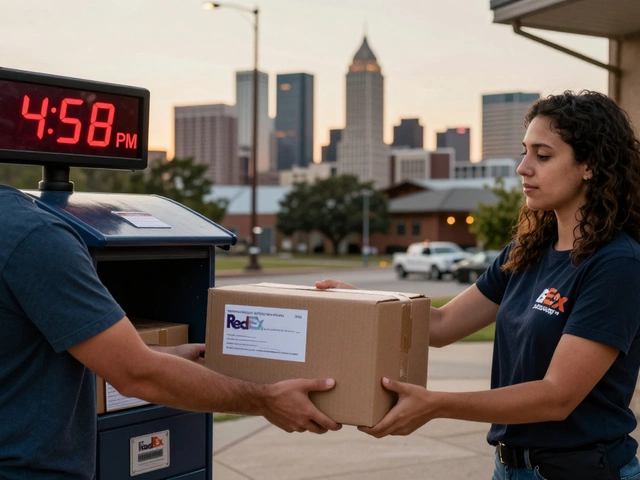Postage Options – Find the Best Way to Send Anything
Choosing how to ship a package can feel like a maze, but it doesn’t have to be. Whether you’re sending a birthday gift across town or a pallet of stock overseas, the right postage option saves money and avoids headaches. Below you’ll see the main choices, what they’re best at, and quick tips to get the most out of each.
Standard Mail vs. Courier Services
Traditional post offices (Royal Mail, USPS, etc.) are great for small, non‑urgent items. They usually offer cheap flat‑rate boxes and predictable delivery windows. The trade‑off is slower tracking and fewer delivery guarantees. Couriers like UPS, FedEx, DHL, and DHL provide real‑time tracking, guaranteed dates, and door‑to‑door pickup, but the price jumps quickly for the same weight.
When to Pick Next‑Day or Same‑Day
If your customer expects the item by tomorrow, next‑day services are worth the premium. Most couriers have clear cutoff times—miss those and you’re back to standard shipping. For same‑day deliveries in big cities, bike or van couriers can be surprisingly affordable, especially for lightweight parcels. Always check the cutoff and add a buffer if you’re on a tight schedule.
Big boxes and pallets need a different approach. UPS and FedEx both handle pallets up to 2,500 lb, but you’ll pay for freight class, dimensions, and any extra handling. Packing efficiently—stacking boxes tightly and using the right pallet size—keeps the cost down. Some services also let you book a “parcel‑only” rate for items just under the pallet threshold, which can be cheaper.
Don’t forget insurance. Sending a high‑value item without coverage can bite you if it gets lost or damaged. Most couriers let you add insurance per pound, while postal services often include limited coverage for free. Compare the cost per $100 of coverage; sometimes a small fee saves a lot of trouble later.
Tracking is another deciding factor. If you need to share live updates with a buyer, choose a carrier that offers end‑to‑end scan data and a mobile app. Some postal services now include basic tracking for a small extra charge, which is a good middle ground for budget‑conscious shoppers.
International shipments bring customs, duties, and longer transit times. DHL and UPS have built‑in customs clearance, while regular mail may require you to handle paperwork yourself. Check the destination country’s import rules—sometimes a “postal‑only” service gets stuck at customs, adding days and fees.
Finally, look for discounts. Many carriers offer business accounts, volume pricing, or prepaid label programs that chop 10‑20 % off the list price. If you ship regularly, sign up for an account and upload your address book to speed up label creation.
In short, match the urgency, size, and value of your package with the right postage option. Use standard mail for low‑cost, non‑urgent items; pick a courier for speed, tracking, and insurance; and consider freight services for large or heavy shipments. With a quick check of cutoffs, insurance needs, and possible discounts, you’ll always land on the cheapest, most reliable way to get your parcel where it belongs.
February 24, 2025
Evelyn Wescott
0 Comments
Need your letter delivered by tomorrow? Here's how you can make sure it arrives on time. We'll explore the fastest postal services, how to choose the right one, and tips for meeting those tight deadlines without a hitch.




